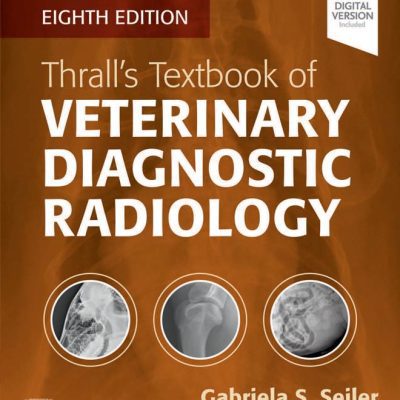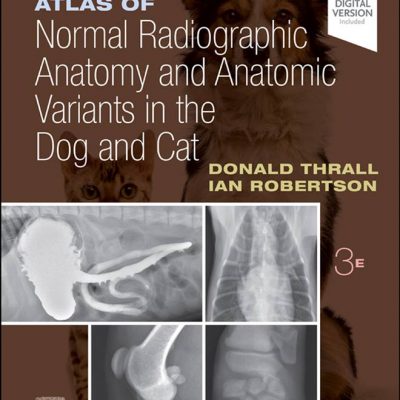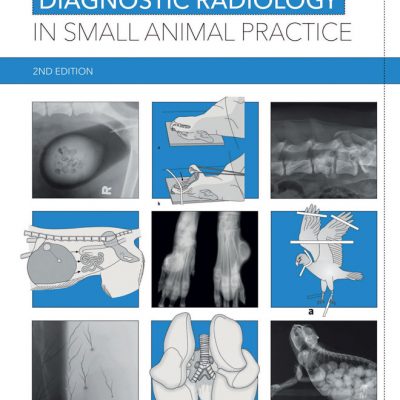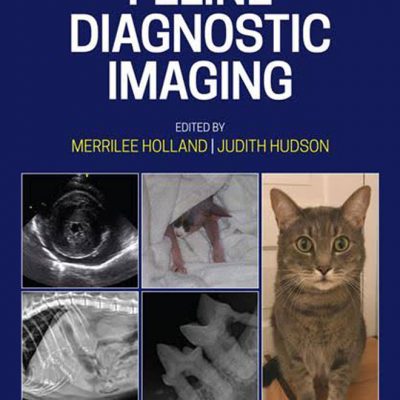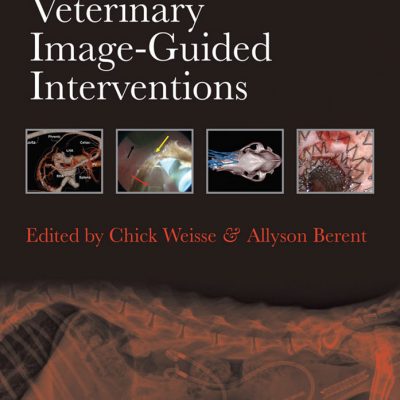
Physics for Diagnostic Radiology, 3rd Edition
by Philip Palin Dendy, Brian Heaton
August 2011
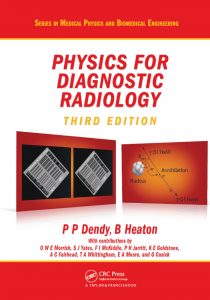
With every chapter revised and updated, Physics for Diagnostic Radiology, Third Edition continues to emphasise the importance of physics education as a critical component of radiology training. This bestselling text helps readers understand how various imaging techniques work, from planar analogue and digital radiology to computed tomography (CT), nuclear medicine, and positron emission tomography (PET) to ultrasound imaging and magnetic resonance imaging (MRI).
New to the Third Edition
- Material on digital receptors
- Emphasis on the differences between analogue and digital images
- Coverage of multi-slice CT and three-dimensional resolution, dual energy applications, and cone beam CT
- Special radiographic techniques, including subtraction techniques and interventional radiology
- New chapter on PET, with discussion of multi-modality imaging (PET/CT)
- Additional material on radiation doses and risks to patients
- New chapter covering picture archiving and communication system (PACS), teleradiology, networks, archiving, and related factors
- A summary of the main teaching points at the beginning of each chapter
After an introductory chapter on basic physics, the book follows the x-ray imaging process: production of x-rays, interaction with the patient, radiation measurement, the image receptor, the radiological image, and image quality assessment. It then covers more advanced x-ray techniques as well as imaging with radioactive materials. The text also focuses on radiobiology, risk and radiation protection, and imaging with non-ionising radiation. The final chapter discusses data handling in a modern, electronic radiology department.
PDF 10.7 MB Password: vetbooks.ir Help Download
